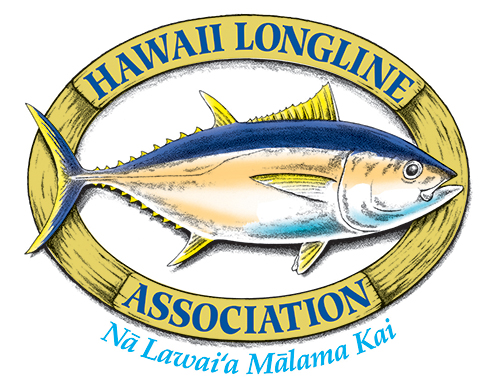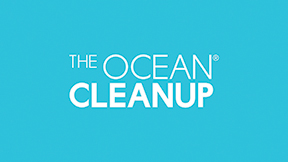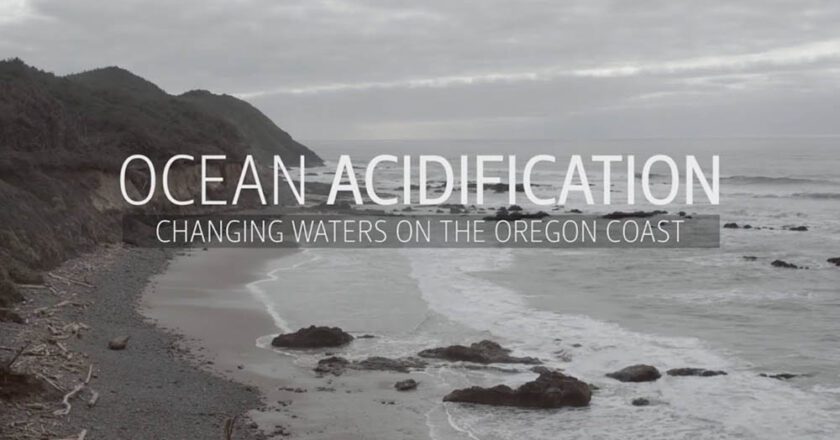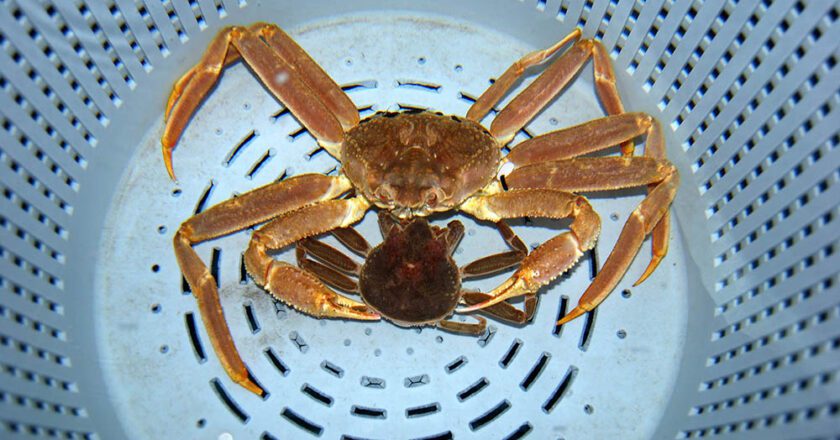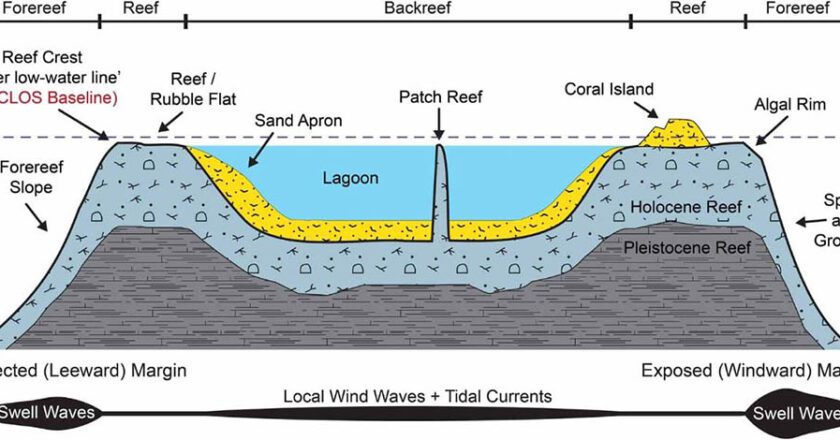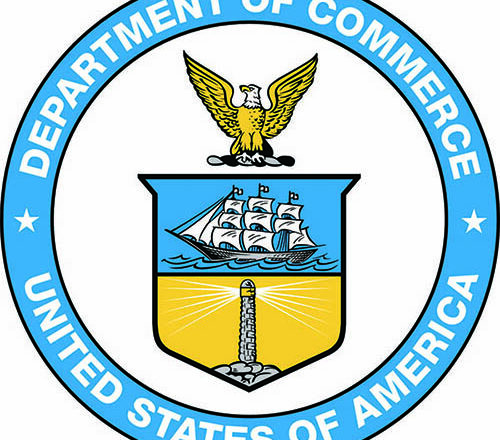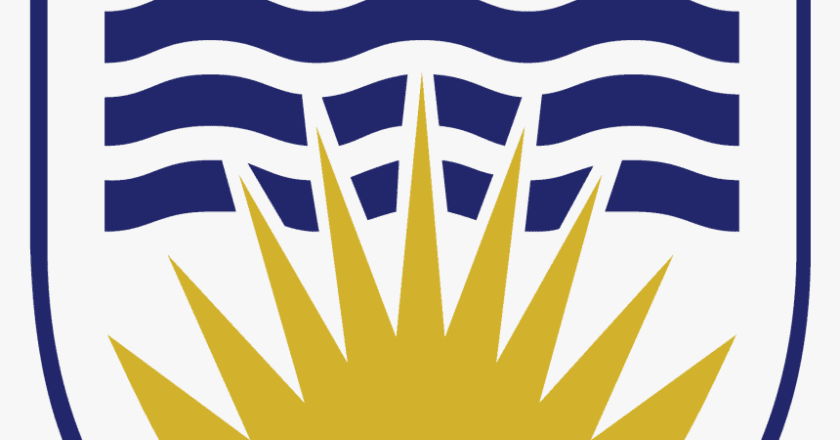Hawaii Longline Fishery Achieves Global Sustainability Certification
The Hawaii Longline Association’s (HLA) swordfish, bigeye and yellowfin tuna fishery has achieved certification for sustainable fishing practices, the Marine Stewardship Council (MSC) announced in mid-September.
The certification follows a rigorous 16-month review carried out by third-party assessment group Control Union UK Limited. The fishery is the first from Hawaii to enter the MSC program.
The MSC Fisheries Standard is a globally recognized standard used to assess if a fishery is well-managed, and reflects the most up-to-date understanding of internationally accepted fisheries science and management.
The Fisheries Standard has three core principles that every certified fishery must meet including: 1) sustainable fish stocks, 2) minimizing environmental impact, and 3) effective fish...

